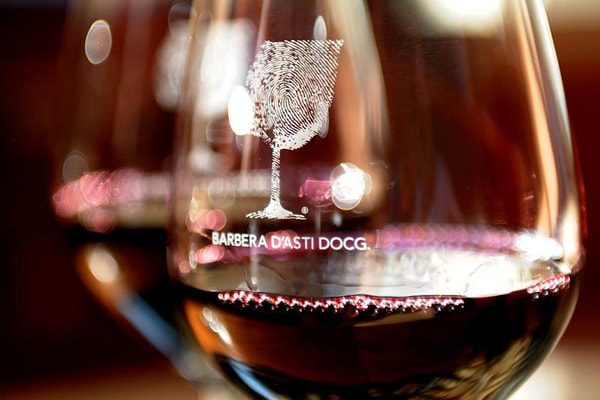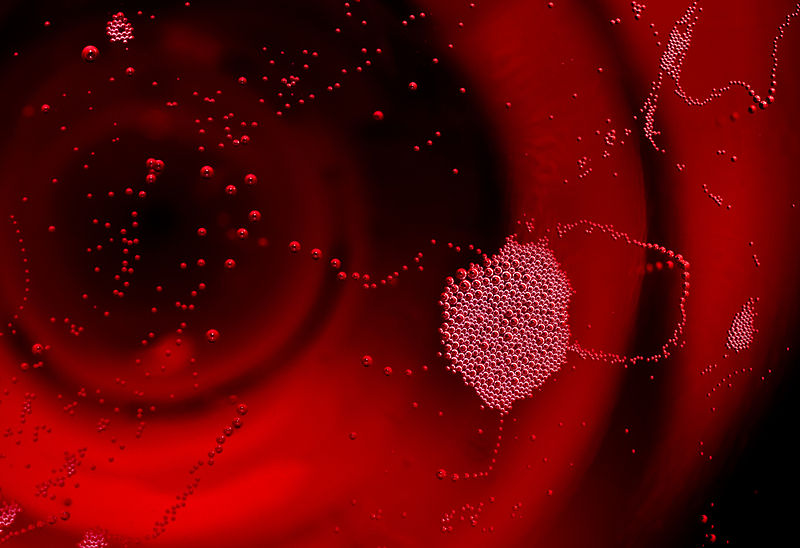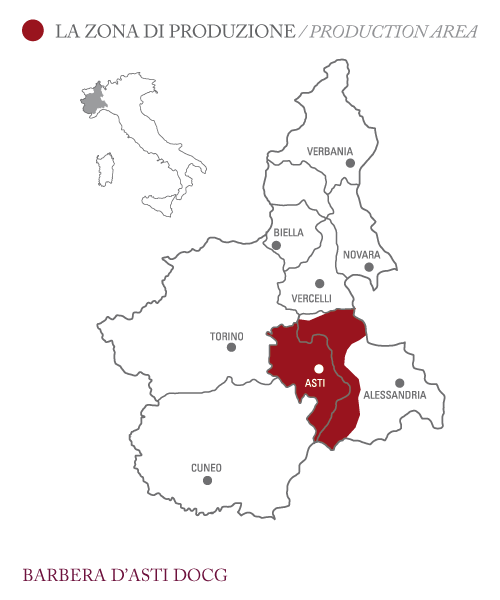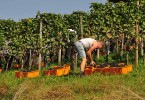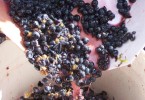Barbera d’Asti DOCG: first historical traces
Barbera is a red berry grape variety spread in Piedmont from ancient times and it is strongly rooted in the area and widely cultivated, as proof of the strong link with the territory.
The first official proof of its existence can be dated back to 1512, when the municipality of Chieri highlighted for the first time the presence of this grape variety in the territory. At the beginning it was just for the consumption of the peasants, but then when it was mentioned inside the “Ampelografia” of 1798 by Conte Nuvolone it started to be appreciated by the inhabitants of the neighbourhood cities.
Moreover, the creation of the railway towards the harbor of Genoa opened to Barbera d’Asti its road for the international markets.
Barbera d’Asti DOCG: great recognitions
This wine has been hidden for a certain period of time, when it was drunk only in the territories of production, but in the ’70 – ’80 Barbera d’Asti gained the worth success thanks to the careful job of research in the vineyard and in the winery.
As proof of its growth and quality of this wine in the 1970 it achieved the DOC certification (Denominazione di Origine Controllata) that become Denominazione di Origine Controllata e Garantita (DOCG) in 2008.
Barbera d’Asti DOCG: code of production
The DOCG certification is just for the type “Barbera d’Asti” and “Barbera d’Asti Superiore”. It can be valid also for the specification of the sub-areas “Tinella”, “Colli Astiani” or “Astiano”.
As for the ampelographic base of Barbera d’Asti DOCG we talk of a 90% minimum of Barbera and the other 10% of other black berry non-aromatic vine variety coming from Piedmont and in particular the Denomination is recognized just for Barbera d’Asti produced only in specific areas defined by the code of production: the provinces of Asti and Alessandria.
Barbera d’Asti DOCG: the cultivation of the vineyards
The code of production is really strict about the cultivation of the vineyards:
– clay, silty and calcareous soils
– the cultivation happens only on the hills; not allowed are the territories on the bottom of the valley, the humid soils and the ones without enough light of the sun;
– altitude not more than 650 m m.s.l.
– the vineyards have to be made of a number of plants per hectare on the sixth of the yard not below the 4.000 plants
– traditional breeding with vertical trellis
– for the pruning it is suggested the traditional Guyot
Barbera d’Asti DOCG: organoleptic properties
This wine is made of a deep ruby red colour with red granate variations based on the ageing. On the nose it is possible to recognize winy notes and a wide bouquet of red fruits like cherry, blackberry, raspberry and prune. Barbera d’Asti Superior has a further characteristic given by its ageing in wooden barrels that give aromas of vanilla and cocoa.
In the mouth it is possible to recognize a acid taste at the beginning and than floral notes and a balanced sapidity.
Barbera d’Asti DOCG: pairings
It is suggested to drink this precious red wine paired with well structured dishes like lasagna and cannelloni, just to mention some dishes. As for the second courses, we suggest boiled meat, game, or a dish of cold cuts and seasoned or blue cheeses.
To remain in the territory, Barbera d’Asti is perfect with Bagna Cauda, a typical sauce of Piedmont with anchovies, oil and garlic served with oil dip of vegetables.
The serving temperature of Barbera is 18° – 20°.

